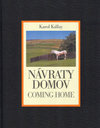
Medieval music
Source: Wikipedia. Pages: 121. Chapters: Troubadour, Estampie, Medieval metal, Motet, Minnesang, Jaufre Rudel, Mass, Se Canta, Organum, List of early music ensembles, Medieval folk rock, Byzantine music, List of Medieval composers, Sub Arturo plebs, Music... Viac o knihe
Produkt je dočasne nedostupný
26.22 €
bežná cena: 29.80 €
O knihe
Source: Wikipedia. Pages: 121. Chapters: Troubadour, Estampie, Medieval metal, Motet, Minnesang, Jaufre Rudel, Mass, Se Canta, Organum, List of early music ensembles, Medieval folk rock, Byzantine music, List of Medieval composers, Sub Arturo plebs, Music of the Trecento, Ambrosian chant, Rhythmic mode, Heer Halewijn, Mozarabic chant, Guidonian hand, Tuna, Ars nova, Ars subtilior, Old Roman chant, Sumer Is Icumen In, Neo-Medieval music, Corvus Corax, Planctus de obitu Karoli, Chanson, Sequence, Monophony, Trouvère, Swan Sequence, Roman de Fauvel, Marchetto da Padova, Musica ficta, Beneventan chant, Ordo Virtutum, Cantus firmus, Llibre Vermell de Montserrat, Rossi Codex, Ligature, Old Hall Manuscript, Messe de Nostre Dame, Puy, Tournai Mass, Fauxbourdon, Ars antiqua, Aurelian of Réôme, Rondalla, Basse danse, Osbern of Canterbury, Gallican chant, Johannes Cotto, Johannes de Grocheio, Chantilly Codex, Notre Dame school, Johannes de Garlandia, Squarcialupi Codex, Geisslerlieder, Modus, Heinrich von Morungen, Song of the Watchmen of Modena, Boston Early Music Festival, Celtic chant, Palästinalied, Centonization, Montpellier Codex, Codex Las Huelgas, Daseian notation, Lai, Meistersinger, Conductus, Gymel, Ballade, Contenance Angloise, Isaac Gorni, Tourdion, Madrigal, Musica enchiriadis, Discant, Cantus coronatus, Magnus Liber, Guiot de Provins, Toulouse Mass, O Maria, Deu maire, Cantiga, Ensemble Santenay, Oliphant, Tuotilo, Play of Daniel, Winchester Troper, Clausula, Lauda, Corpus mensurabilis musicae, Ensemble Micrologus, Robertsbridge Codex, Barbara Thornton, Barcelona Mass, Ad Mortem Festinamus, Raoul de Houdenc, Scolica enchiriadis, La harpe de melodie, Stella Splendens, Cauda, Trebor, Copula, Color, Philippus de Caserta, Worcester Fragments, Herald AV Publications, Benjamin Bagby, Bamberg Codex, Falsobordone, Grimace, Jubilus, Prolation, Codex Speciálník, Euouae, Rota, Saint Martial school, O Virgo Splendens, Splendens Ceptigera, Psalter (Bamberg, Staatsbibliothek, MS A. I. 14), Heinrich von Ofterdingen, Dame de Gosnai. Excerpt: Medieval music is European music written during the Middle Ages. This era begins with the fall of the Roman Empire and ends in approximately the early fifteenth century. Establishing the end of the medieval era and the beginning of the Renaissance is difficult; the usage in this article is the one usually adopted by musicologists. A musician plays the vielle in a fourteenth-century Medieval manuscriptInstruments used to perform medieval music still exist, though in different forms. The flute was once made of wood rather than silver or other metal, and could be made as a side-blown or end-blown instrument. The recorder, on the other hand, has more or less retained its past form. The gemshorn is similar to the recorder in having finger holes on its front, though it is really a member of the ocarina family. One of the flute's predecessors, the pan flute, was popular in medieval times, and is possibly of Hellenic origin. This instrument's pipes were made of wood, and were graduated in length to produce different pitches. Medieval music uses many plucked string instruments, such as lute, mandore, gittern and psaltery. The dulcimers, similar in structure to the psaltery and zither, were originally plucked, but became struck in the 14th century, after the arrival of the new technology that made metal strings possible. The bowed lyra of the Byzantine Empire was the first recorded European bowed string instrument. The P...
- Vydavateľstvo: Chronicle Books
- Formát: Paperback
- Jazyk:
- ISBN: 9781156529898


 Anglický jazyk
Anglický jazyk 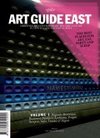
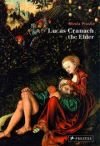
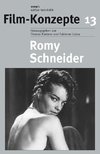
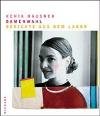
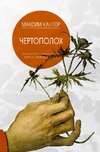
 Ruský jazyk
Ruský jazyk 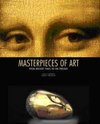
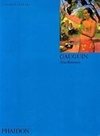
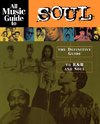
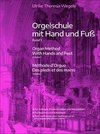
 Nemecký jazyk
Nemecký jazyk 
